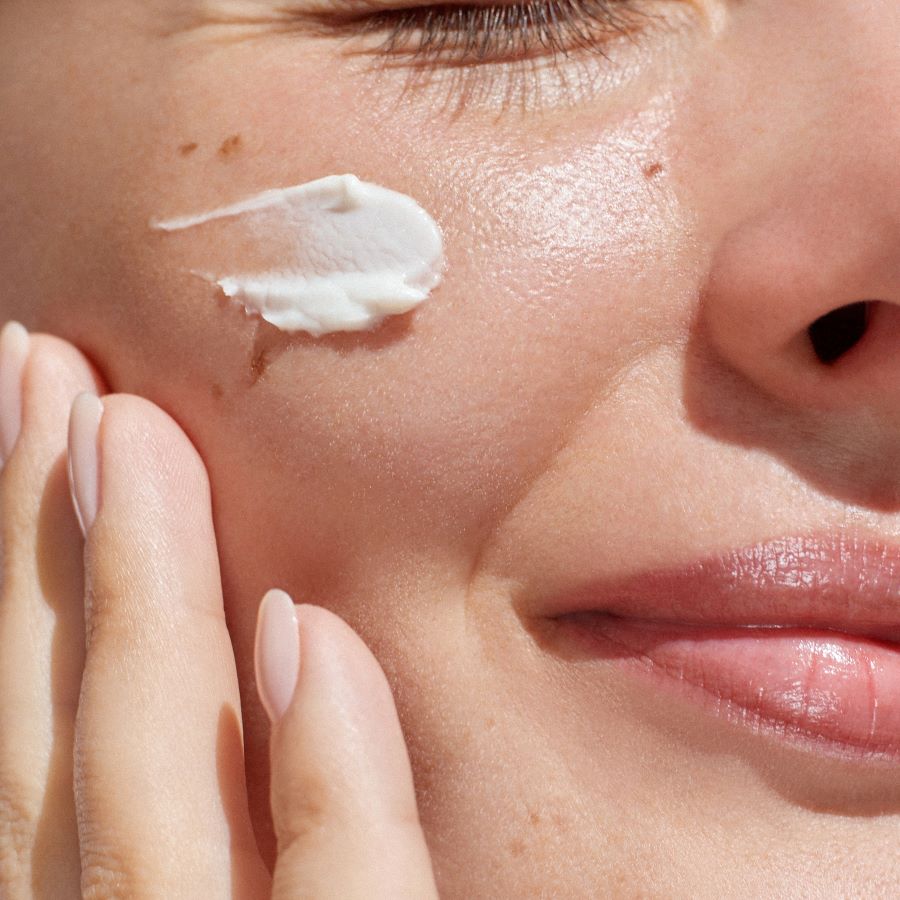Skin Fasting: The Minimalist Approach to Skincare
The beauty industry has long been synonymous with complex routines and an ever-expanding array of products. However, a new trend is emerging that challenges this conventional wisdom: skin fasting. This minimalist approach to skincare is gaining traction among beauty enthusiasts and dermatologists alike. Rooted in the belief that our skin has innate healing capabilities, skin fasting involves temporarily eliminating or significantly reducing skincare products to allow the skin to recalibrate and function optimally. As consumers become increasingly conscious of both their environmental impact and the ingredients they apply to their skin, this stripped-back method is reshaping our understanding of skincare and challenging the status quo of the beauty industry.

In traditional Japanese skincare, less has always been more. This philosophy aligns with the concept of “mottainai,” which emphasizes mindful consumption and waste reduction. Skin fasting takes this principle to heart, encouraging users to pare down their routines and trust in their skin’s natural processes.
The Science Behind Skin Fasting
While the concept of skin fasting is still relatively new in the scientific community, there is some evidence to support its potential benefits. The skin’s outermost layer, the stratum corneum, plays a crucial role in maintaining skin health. It acts as a barrier, protecting against environmental stressors and regulating moisture loss.
Dr. Zoe Diana Draelos, a consulting professor of dermatology at Duke University, explains that constant use of certain skincare products can interfere with the skin’s natural exfoliation process and lipid production. By temporarily removing these products, skin fasting may allow the skin to recalibrate and strengthen its natural functions.
Moreover, dermatologists have observed that overuse of skincare products can lead to sensitized skin, increased inflammation, and even exacerbate certain skin conditions. Skin fasting provides a reset period, potentially allowing the skin to heal and restore its natural balance.
Implementing Skin Fasting: Methods and Approaches
Skin fasting can be implemented in various ways, depending on individual skin needs and comfort levels. Some practitioners advocate for a complete product elimination for a set period, typically ranging from 12 hours to several days. Others suggest a more gradual approach, systematically reducing product use over time.
One popular method is the “28-day skin fast,” where individuals gradually reduce their skincare routine to just cleansing and sun protection over four weeks. This approach allows the skin to slowly adapt and provides an opportunity to observe how it responds to the reduction in product use.
For those hesitant to completely eliminate their routine, “partial fasting” offers a compromise. This involves removing specific products, such as serums or moisturizers, while maintaining basic cleansing and sun protection. This method can be particularly beneficial for identifying which products are truly necessary and which may be overwhelming the skin.
Benefits and Potential Drawbacks
Proponents of skin fasting report numerous benefits, including improved skin texture, reduced sensitivity, and a more balanced complexion. By allowing the skin to regulate its own oil production and hydration levels, many users find that their skin becomes more resilient and less prone to irritation.
Dr. Whitney Bowe, a board-certified dermatologist in New York City, notes that skin fasting can be particularly beneficial for those with oily or acne-prone skin. By reducing product use, the skin’s microbiome – the community of beneficial bacteria on the skin’s surface – can rebalance, potentially leading to clearer, healthier skin.
However, skin fasting isn’t without its critics. Some dermatologists caution that completely eliminating skincare products, especially for those with specific skin conditions or in harsh environments, could potentially compromise the skin’s health. Additionally, removing sun protection can increase the risk of sun damage and premature aging.
Skin Fasting and Sustainability
Beyond its potential skin benefits, skin fasting aligns with the growing movement towards sustainability in the beauty industry. By encouraging a reduction in product consumption, this practice naturally leads to less packaging waste and a smaller environmental footprint.
This minimalist approach also challenges the consumerist culture often associated with the beauty industry. It encourages users to be more mindful of their product choices, potentially leading to more sustainable purchasing decisions in the long run.
The Future of Skincare: A Balanced Approach
As skin fasting gains popularity, it’s prompting a reevaluation of skincare practices within the beauty industry. Many brands are now focusing on multi-functional products and simplified routines, acknowledging that more isn’t always better when it comes to skincare.
However, experts emphasize that skin fasting shouldn’t be viewed as a one-size-fits-all solution. Dr. Joshua Zeichner, director of cosmetic and clinical research in dermatology at Mount Sinai Hospital in New York City, suggests that the ideal approach lies in finding a balance. He recommends periodically evaluating one’s skincare routine and being mindful of how the skin responds to different products and routines.
As we move forward, the concept of skin fasting may well shape the future of skincare. It encourages a more intuitive, personalized approach to beauty, emphasizing the importance of understanding and working with our skin’s natural processes. While it may not replace traditional skincare entirely, skin fasting offers a valuable tool for those looking to simplify their routines, reduce their environmental impact, and reconnect with their skin’s innate wisdom.





